Rhythms of Greece: Discover Sirtaki, Zeimbekiko, and Kalamatianos – Dances That Tell Stories
Discover the most famous Greek traditional dances such as Zeimbekiko, Zorba dance, and Kalamatianos. Explore how Greeks express emotions and the joy of life through dance at weddings and festivals.
Greece is not only a land of beautiful beaches and rich history, but also astonishingly diverse cultural heritage. One of the most important parts of this heritage is traditional Greek dances, which have always been a means of expressing joy, sorrow, love, and unity. In this blog post, we will unveil some of the most famous dances of Greece – from the emotional Zeimbekiko, through the group celebration of Sirtaki, to the lively Kalamatianos and others.
Dance has deep roots in Greek culture from the earliest times. In ancient times, dance was an integral part of various cultural and religious events. Dance was present in everyday life, as well as celebrations such as weddings, symposia, and philosophical gatherings, reflecting the richness and diversity of Greek tradition.
Traditional Greek Dances - Rhythms that Tell Stories
From ancient times to the present, dances have accompanied Greek society and evolved in various directions. Depending on the region and the place where you vacation or reside, you can witness folk dances that have been played for centuries but with specific characteristics related to that region. It is also interesting to see the different folk costumes that accompany folk dances. A true cultural wealth.
Some dances, such as sirtos (sirto), were performed even in ancient times. From this dance, many variations have emerged over the centuries, with many now bearing the geographical name of the place, such as Sirto Naxos, Sirtos Zakynthos. Cretan sirtos and others…
When delving deeper, each of these dances tells many stories preserved in collective memory, movement, and meanings.
Zeimbekiko – Dance of Pain and Passion in Greek Tradition
Zeimbekiko is one of the most important and powerful dances in Greek tradition. Although mostly danced solo, this dance is not just an ordinary choreography – it is an expression of personal freedom, struggle, and sorrow. Zeimbekiko does not have specific steps, giving the dancer complete freedom to improvise and express their deepest feelings through movements.
The most famous musical composition that accompanies this dance is “Zeimbekiko tis Evdokias” (“Evdokia’s Dance”). You can watch this dance in our post HERE.
Zeimbekiko is named after the Zeibeks, rebels who protected the people from tax collectors and greedy feudal lords in the mountains around present-day Bursa in Turkey. Zeibeks operated in the Aegean region of the Ottoman Empire from the late 17th to the early 20th century. The dance first appeared in cities such as Constantinople and Smyrna, then spread from there.
Originally, in its original version, it was a dance of two armed men facing each other, which over time developed into a solo improvised dance that reflects individuality and deep emotions. After the population exchange between Greece and Turkey in 1922, it became popular throughout Greece, performed to folk songs, especially with rebetiko music in the 1950s. Today, Zeimbekiko is danced to folk music and is recognized as a pan-Hellenic dance.
Symbolism and Game Techniques
Zeimbekiko is not just a dance but a whole spectacle of skills and symbolism. By unwritten rule, the dancer must not bend down to pick up something that falls out of his pocket while dancing. Instead, he uses the opportunity to showcase his skill, lifting a glass of wine from the floor with his mouth, or even a whole table, while a friend follows him with rhythmic knee clapping, following his every move. These moments emphasize the dancer’s control and strength.
Additionally, slapping the thigh with the palm, a common gesture during the dance, symbolizes surprise or shock, often as a reaction to difficult or emotional news.
Zeimbekiko gained great popularity thanks to the film “Evdokia”, in which director Alexis Damianos captured this impressive figure.
Every movement in Zeimbekiko carries deep personal meaning, transforming this dance into an expressive art that bridges emotions and tradition.
Sirtaki – Zorba’s Dance
Sirtaki (also known as Zorba’s Dance) is the world’s most famous Greek dance, although it is not actually centuries old but was created for the 1964 film “Zorba the Greek.” The dance is a combination of two traditional dance styles – slow hasapiko and fast hasaposerviko. Sirtaki starts slowly, with graceful movements, and gradually accelerates to a dynamic and joyful finale. This dance symbolizes the joy of life and unity, making it a favorite at weddings and festivals throughout Greece and the world.
Kalamatianos – Dance of Joy and Unity
Kalamatianos is one of the oldest and most famous dances in Greece. It emerged and developed from the sirtos dance long ago. This dance, often performed in a circle, symbolizes unity and harmony. It is named after the town of Kalamata in the Peloponnese, and it is danced by both men and women, holding hands. Kalamatianos is a dance of joy, often accompanied by traditional songs and music. Its simplicity and joy make it an essential part of weddings, festivals, and other celebrations.
Hasapiko – Dance of Warriors
The origin of Hasapiko dates back to the Byzantine era when it was performed by warriors. This dance is extremely dramatic and powerful, often performed in pairs. There are slower and faster versions of this dance, depending on the occasion. Its energetic nature and precise steps resemble military movements, giving additional depth and significance to the performance. The slower version of the dance is called (χασάπικο βαρύ) hasapiko varis - heavy hasapiko.
Hasaposerviko - Traditional Dance Influenced by Serbs
The faster version of the dance is called (γρήγορο χασάπικο) grigoro hasapiko - fast hasapiko or χασαποσέρβικο - hasaposerviko, where these two dances refer to Serbian and other Balkan influences on this dance style. It is played almost identically to the Užičko kolo. Hasaposerviko is cultivated and practiced in many cultural artistic societies and is an indispensable dance at all celebrations throughout Greece.
Tsifteteli – Dance of Sensuality
Unlike Zeimbekiko, Tsifteteli is a dance traditionally associated with women and their expression of sensuality. This dance is the Greek equivalent of oriental dance, with captivating movements of the hips and arms. Tsifteteli is popular at celebrations and weddings, often enhancing an atmosphere of joy and fun. While the roots of this dance are in Greek folk tradition, it is also present in modern Greek dance.
Pentozali – Cretan Dance of Freedom and Strength
Pentozali, one of the most powerful and dynamic traditional dances of Crete, embodies the spirit of freedom and resistance. This dance is not only aesthetically impressive but also deeply symbolic, as it is linked to the liberation of Crete from the Ottomans. Its history dates back to the time when brave Cretans resisted enemies, and Pentozali became a way to demonstrate their unwavering will and courage.
Strong and Energetic Dance Movements
The movements in Pentozali are far from simple – they are powerful, energetic, and require exceptional physical readiness. The tempo constantly changes, from slow and controlled steps to sudden bursts of energy, making this dance a real challenge even for experienced dancers. This change in tempo and intensity reflects the strength and spirit of freedom deeply rooted in Cretan history.
Music and Traditional Costume
The dance is accompanied by the Cretan lyre, a traditional stringed instrument, along with the laouto contributing to the richness of sound. While the words are optional, the music itself carries a strong emotional component that further inspires the dancers. Dancers are dressed in traditional Cretan attire – black shirts and dark trousers called “vrake,” preserving the authenticity of Cretan culture.
Cretan Pentozali: Dance as a Symbol of Resistance
What makes Pentozali special is its connection to the history of Crete. During Ottoman rule, this dance became a symbol of resistance. According to legend, the powerful movements of Pentozali so impressed and frightened Ottoman soldiers that they retreated, and the dance became a method to boost morale and demoralize the enemy.
Sirtos
Sirtos is the ancient folk dance of Greece. Described by Lucian (around 125–190 CE), it is still danced in many variations across Greece and its islands. Traditionally, men and women danced in separate rows, with a young man leading the row of girls; the lines are now often mixed. Dancers in the chain maintain a simple basic step, but the leader improvises, often separating from the chain to make their movements, and now it can be seen passing this role to the next player in the chain who enters the circle and performs their individual movements.
In 1803, surviving women from the war-torn city of Souli, faced with capture by Turkish troops, danced sirtos while jumping off Mount Zalongo. To learn more about this event and the monument that commemorates it, read more HERE.
This ancient dance has branched into many dances that bear the name of the region where they are danced, so besides the ones mentioned, today we can see Sirto Haniotis, Sirto Zakynthos, Sirto Kriti, and similar, with Kalamatianos being one of its variants widely spread both in Greece and in the diaspora.
Kalamatianos also emerged from this ancient dance.
Conclusion
Traditional Greek dances are an integral part of the culture and identity of this beautiful country. Whether you observe a dance in a circle like Kalamatianos or a solo performance of Zeimbekiko, each dance has its story, emotion, and message. If you have the opportunity to visit Greece, do not miss the chance to attend a celebration – you might even dare to dance yourself!
Clubs where people literally “go crazy” in Greece are called bouzouki (after the instrument), i.e. in Greek BUZUKIA. We are talking about guest appearances by big Greek music stars in clubs that are specially designed for this type of entertainment. This party is one of the most expensive, more expensive than a concert, but you should definitely experience it. Read the impression and description of the bouzouki evening here in the text: Bouzoukia - the best nightlife in Greece
We are always here to help you explore Greece! Follow us for the latest information, useful tips and authentic experiences to spend an unforgettable vacation in Greece!
We offer over 3,000 accommodations. Choose the right one for you and your family HERE.
Follow us on social networks where we regularly share exclusive offers, discounts and special arrangements for vacations in Greece as well as information, advice and useful news.
Facebook:Nikana.gr
Instagram: @nikana.gr
Tiktok: nikana.gr
Facebook grupa: Live from Greece
YouTube kanal @NikanaTravel
Write to us at e-mail: nikana@nikana.gr
Our site nikana.gr is the leading source of information about Greece.
Photo:
-By Muriel Pécastaing-Boissière pour Cédric Boissière - Own work, CC BY-SA 3.0, https://commons.wikimedia.org/w/index.php?curid=6833835
- Own work assumed (based on copyright claims).\, CC BY-SA 3.0\, https://commons.wikimedia.org/w/index.php?curid=102595
-By Simon Bonaventure - https://www.flickr.com/photos/bonaventure/4991944631/, CC BY-SA 2.0, https://commons.wikimedia.org/w/index.php?curid=15335469

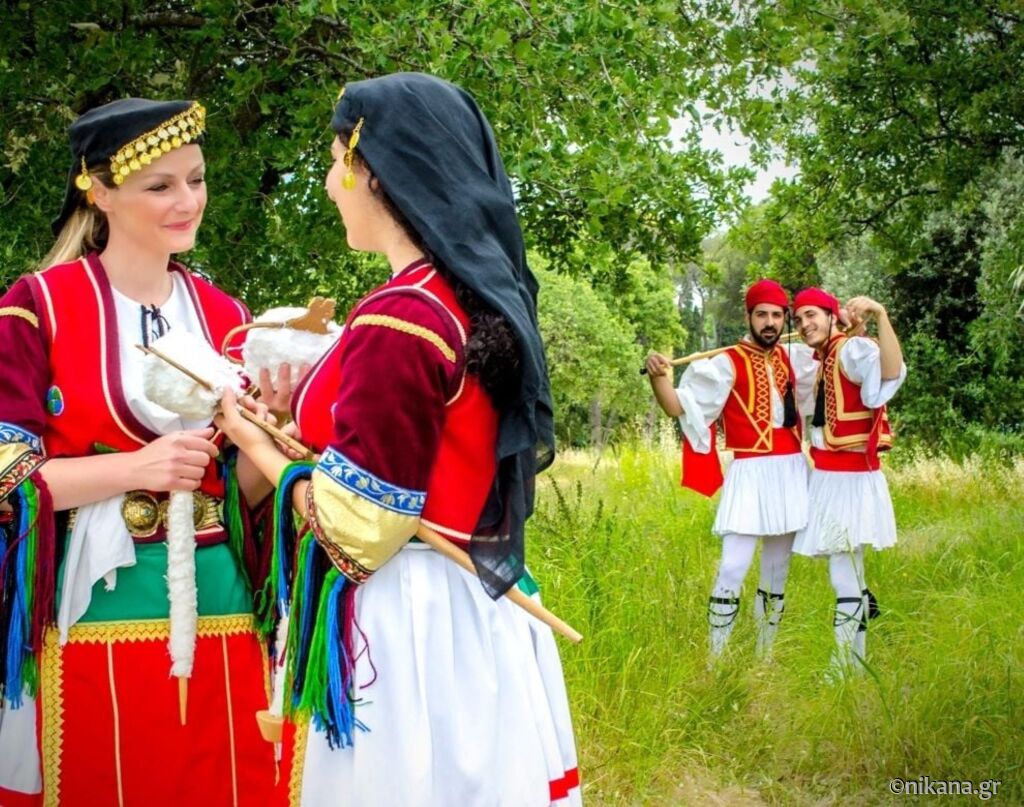
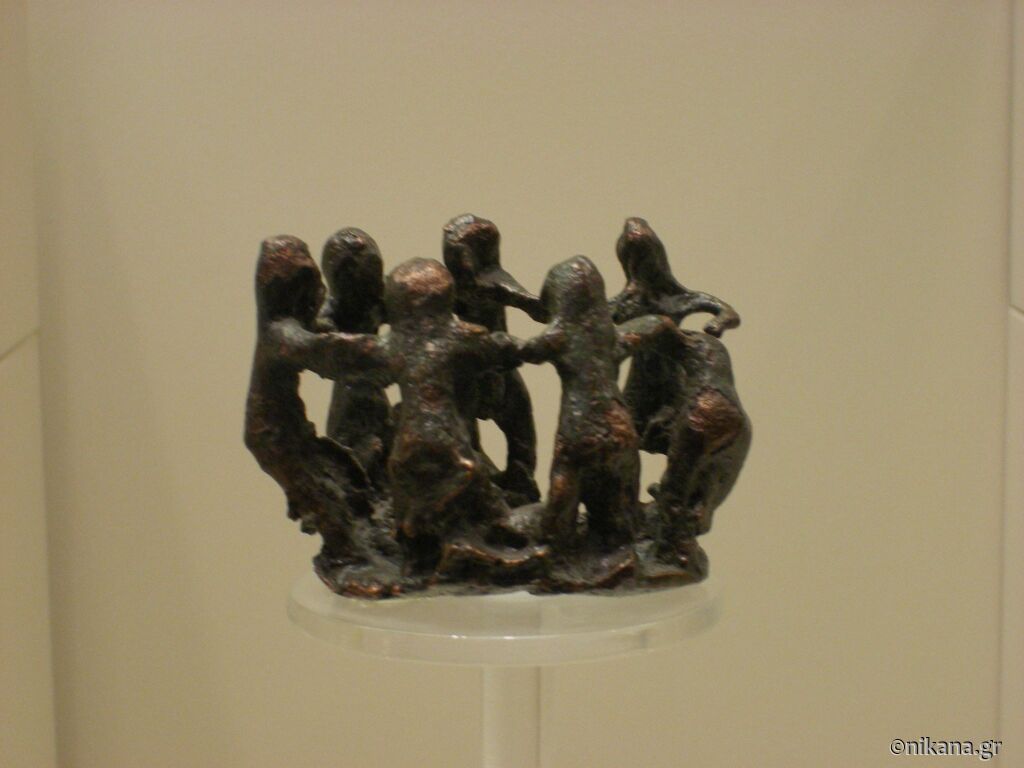
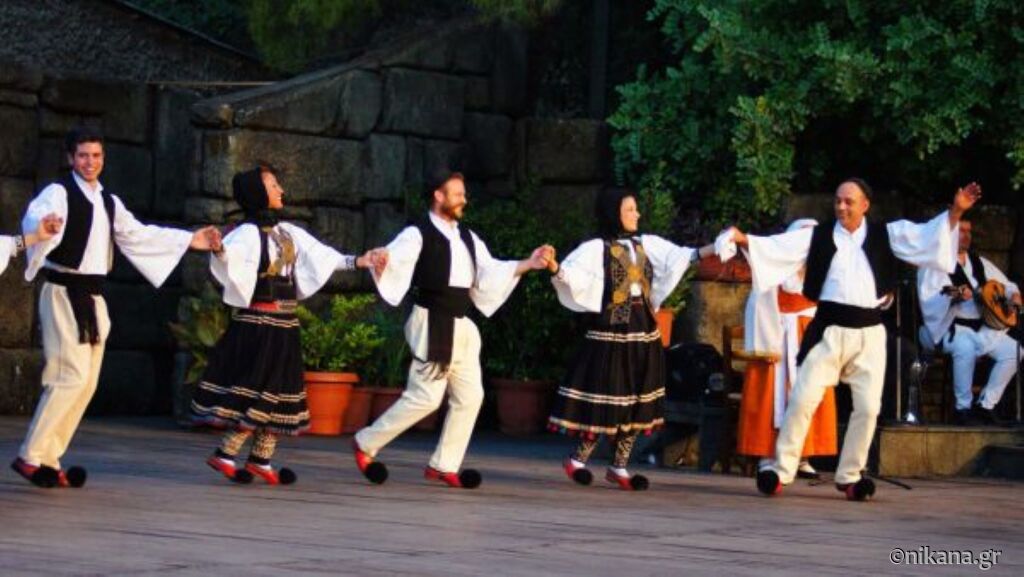
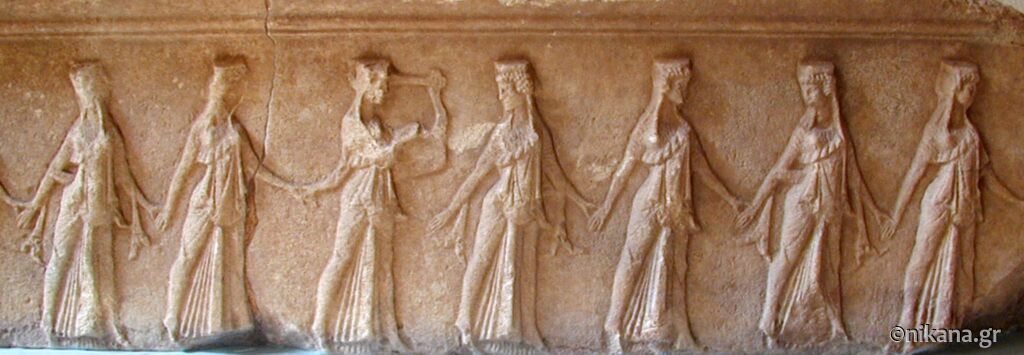
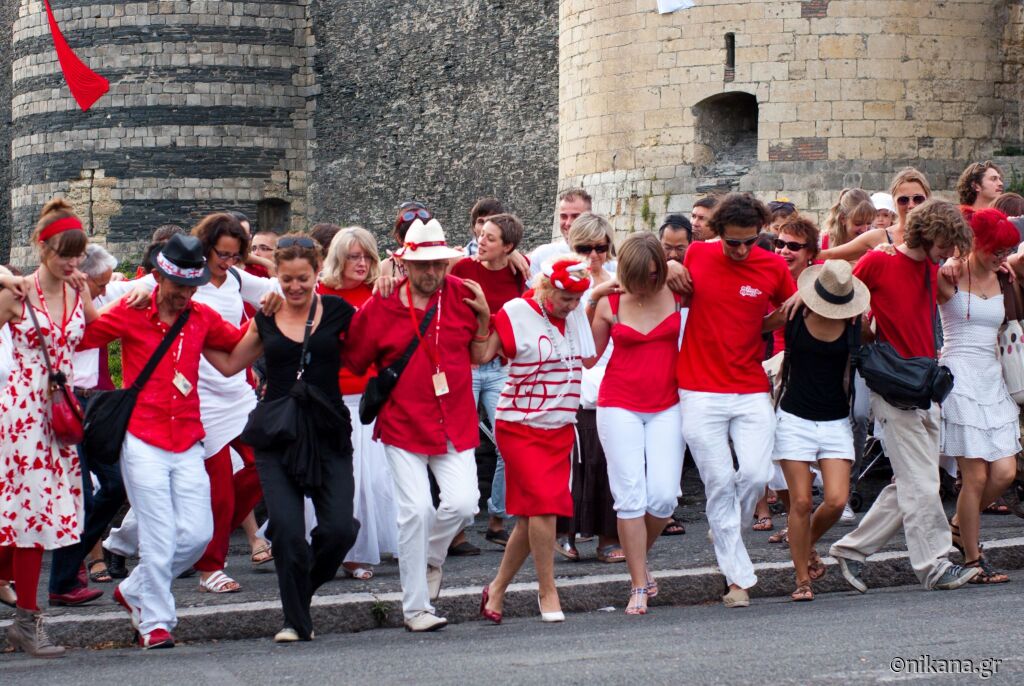









Post a Comment
NOTE
All your questions in the comments will receive an answer via email so check your inbox shortly after you posted comment. For more detailed questions and responses, contact us via mail nikana@nikana.gr.